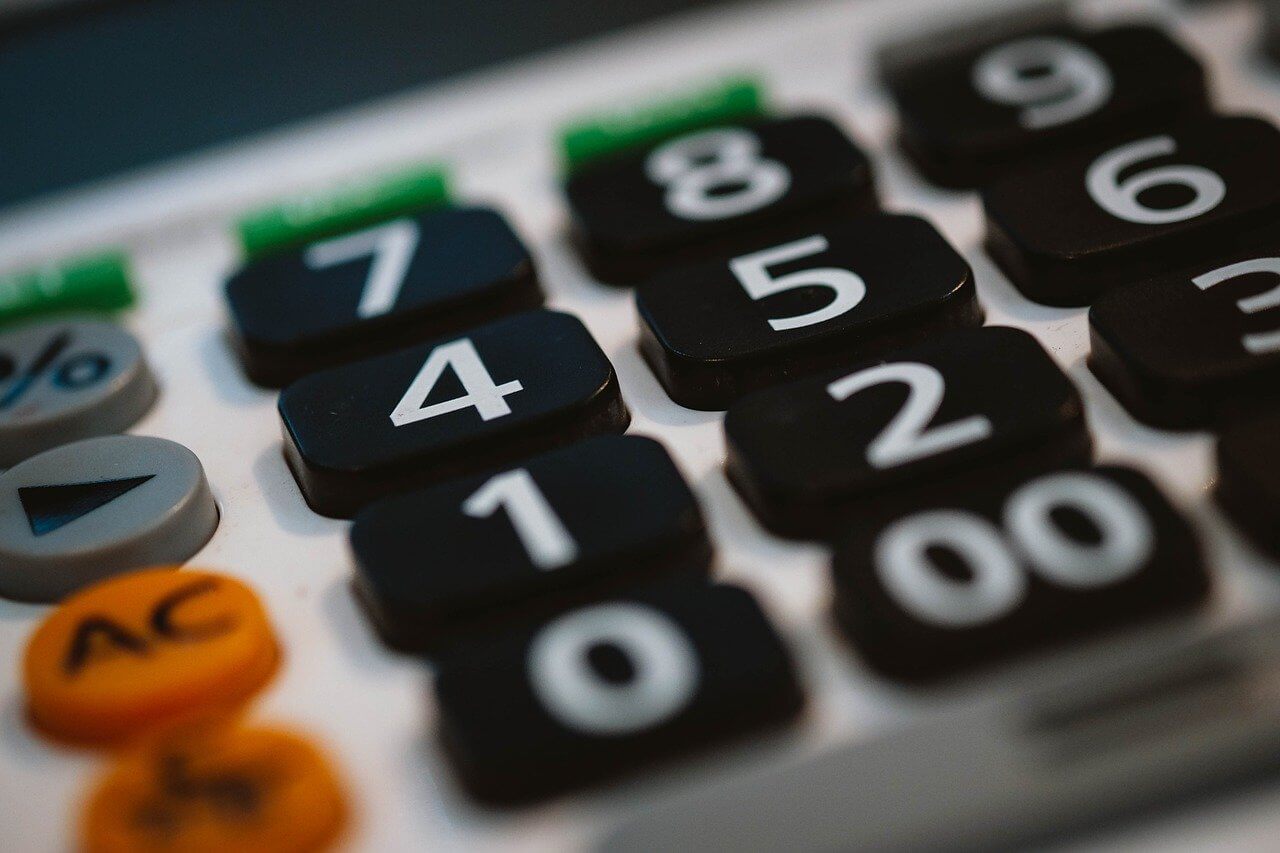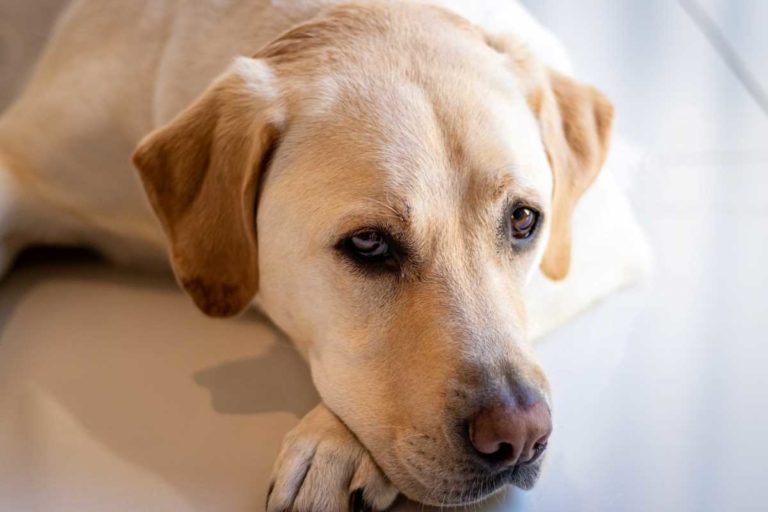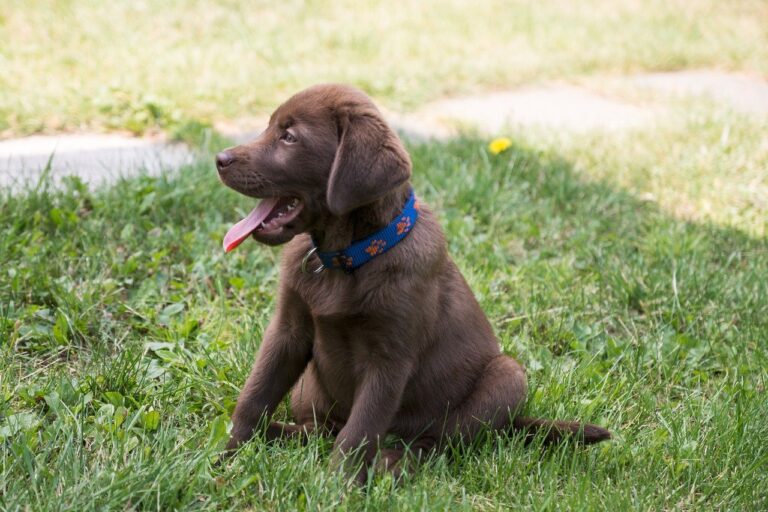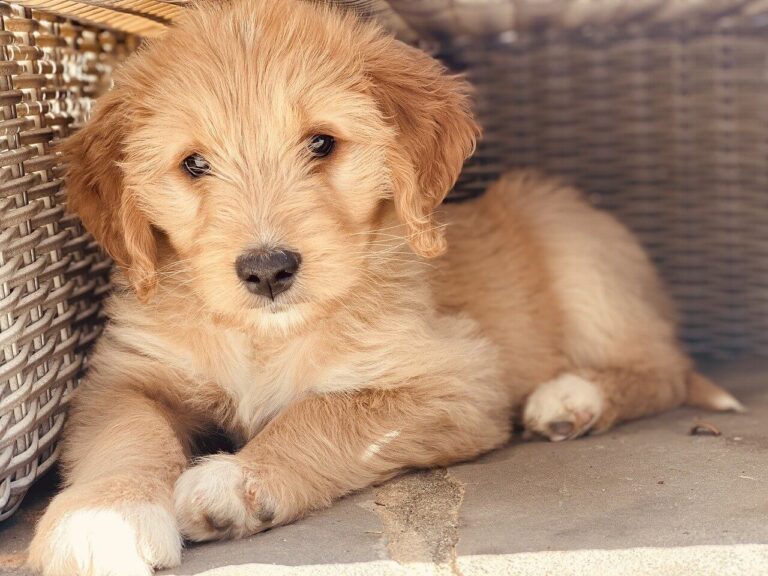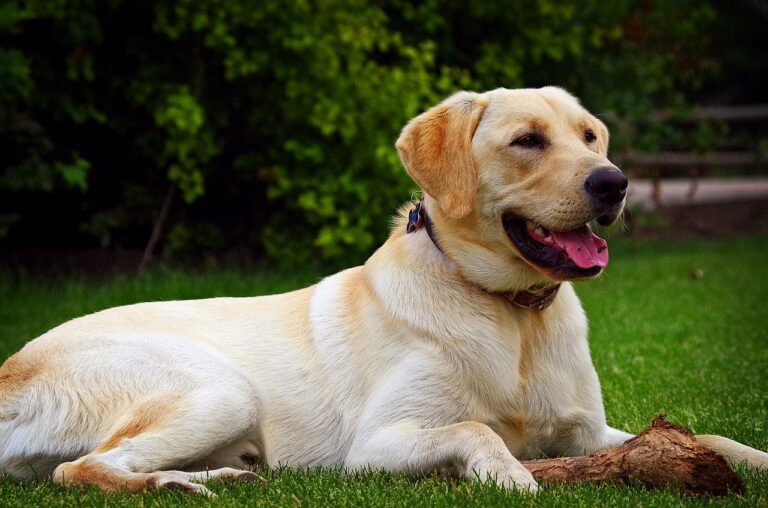Getting a new dog can be really exciting, but also very expensive. Many people are aware of costs like veterinarian care, food, and supplies, but there are also some other things to consider you might not be aware of if you’ve never had a Labrador before.
You’ll want to prepare for many different types of expenses that can occur in the life of a dog. As experienced Labrador people, we’ve had many expenses, both common and unusual, that have crept up over the years.
How much is the cost of owning a Labrador? Though it can vary greatly based on your location and the overall health of your dog, you can realistically expect to spend around $800-$3000 before you bring your puppy home, $1000-$2000 the first year, and $1500-$3000 each additional year of your dog’s life.
To help you understand these costs, we’re going to go over a breakdown of expenses in 9 areas that you should be aware of before you get your next dog.
(This article may contain affiliate links. As an Amazon Associate I earn from qualifying purchases. Learn more)
Cost of Owning a Labrador: 9 Expenses to Consider for New Owners

Costs Before You Get Your Dog
In preparation for the arrival of your new Labrador, you will have some expenses to get ready for their introduction into your home.
The average cost of a Labrador puppy is between $500-$2500, depending on where you live and what kind of breeder you’re getting your dog from.
If you’re adopting a rescue puppy or older Labrador, you might spend $300-$500 on adoption costs through a rescue or shelter. Be aware you may also have travel costs to go get your dog, especially if you have to travel to find a reputable dog breeder.
After you’ve chosen your puppy, you will incur additional expenses in preparation for their arrival.
Puppy food, dog crates, beds, leashes, collars, puppy toys, and puppy gates for your home are costs you will likely have in advance of the day you bring your little furry angel home.
Depending on what gear you already have, and what the cost of living is in your area, you might spend between $500-$1000 on these items, not including the cost of your puppy or travel costs to get them.
For more about what supplies you need (and don’t need) for a new puppy and tips on how to prepare for your new dog, read our article on the 7 Essential Things To Do Before You Bring Your New Puppy Home.
Expenses the First Few Months
After you bring home your new dog and gather the above supplies in preparation for their arrival, you’ll have some additional costs.
You’ll have initial puppy wellness visits with your veterinarian if you’re getting a new puppy, and wellness visits for older dogs too. We’ll go over these in more detail in the section below on veterinary care.
Additional puppy toys, extra leashes, puppy pads, dog clean-up bags, dog shampoo, and brushes to help with shedding are supplies and gear you may need to spend money on.
(Read More: 6 Must-Have Supplies for New Lab Puppies)
You might need additional puppy gates for other parts of your home, a harness for the car, or additional dog crates for other rooms of your home. These are all additional costs of owning a Labrador that will happen after the initial expenses.
Labradors can be destructive, and you might find your Lab puppy eating and destroying items in your home, such as shoes, socks, books, and furniture. You might have costs to replace them, and need to buy things like additional dog beds because your Lab ate theirs!
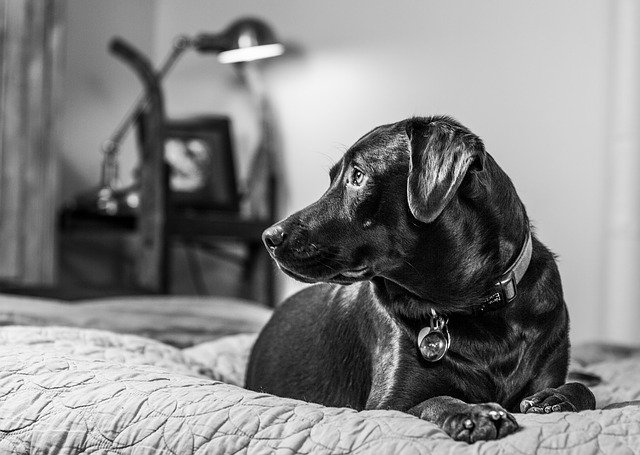
Microchipping your dog, especially a new puppy, is another expense for dog owners.
A microchip is implanted under the skin of your dog, usually in the back of the neck, which carries identifying information to locate the owner if the dog is missing or found.
You can choose to microchip your dog either as a procedure on its own or while they’re undergoing spay/neuter surgery later on. Microchipping costs about $40 but you may have extra costs depending on when you choose to have it done.
Read more about the cost, benefits, and things to know about pet microchipping here.
Spaying or Neutering Surgery
Spaying and neutering surgery is another additional cost of owning a Labrador. This amount can vary dramatically from location to location.
In the South and the Western United States, we’ve paid between $200-$400 for one dog to have spaying or neutering surgery.
On the East Coast of the US, we paid over $1100 for the same surgery, so keep in mind that vet costs can vary wildly depending on your location.
If you choose to have your dog spayed or neutered, you’ll want to discuss the costs and timing of the surgery with your vet.
Many veterinarians, Lab breeders, and owners of large-breed dogs are waiting to do spaying and neutering surgeries until dogs are older. We originally had our Labs spayed and neutered around six months, but with our most recent Lab puppy, waited a bit longer to do the surgery based on the recommendation of multiple veterinarians.
Some recent research has indicated there may be health benefits to waiting a bit on spaying or neutering your large-breed dog, such as Labradors, especially with regards to joint disorders. You will want to go over this with your veterinarian and ask their advice on what is best for your dog.
Spaying a female dog will likely be more expensive than neutering a male, so keep this in mind if you have a female dog.
If you’ve adopted from a shelter or rescue, they will almost definitely have arranged and paid for spaying and neutering before they allow you to adopt the dog. If cost is a concern to you, this is a huge advantage of getting a rescue or shelter dog!
Scheduled Veterinary Care
Your new Labrador puppy will have many scheduled wellness checks at your veterinarian’s office in the first year of their life. Your first puppy visit will probably happen right after you bring your new puppy home, around 8 weeks or so.
You’ll continue to see your vet every few months for weight checks, vaccinations, and to monitor your pet’s growth.
Labradors receive the following critical vaccines in the first year:
- Parvo
- Rabies
- Hepatitis
- Distemper
There are also several other vaccines that your vet will probably recommend you get, including:
- Bordetella (Kennel Cough)
- Canine Influenza
- Lyme Disease
- Leptospirosis
The entire vaccination series for a new puppy will cost you between $200-$400, depending on the costs of your particular vet clinic. You might also be able to get some of these shots done at low-cost clinics run by animal shelters or traveling veterinarian services.
Discuss these costs with your vet and make sure you follow their recommendations so your dog is protected.
Your vet will probably also advise you to start heartworm preventive medication and flea and tick medication later on when your puppy is a bit older.
These medications cost about $200 every 6 months, depending on your dog’s weight at the time and your vet pharmacy prices.
You can save a lot of money on these pet medications by getting them at Costco’s pharmacy, which carries many brands of pet meds.
As your dog becomes older and moves out of the puppy stage, you’ll still have once or twice yearly wellness visits, as well as vaccination boosters and exams. You’ll also continue to have heartworm and flea/tick medication costs throughout your dog’s life if your vet keeps them on it.
Unscheduled Vet Visits/Sick Care
Unexpected pet medical expenses are one area where the costs can really wreck you, and they can be very difficult to predict.
We’ve had Labradors who’ve almost never had a sick visit throughout their entire lives, and we’ve also had other Labradors who had so many sick visits we lost count of how many times they’d gone.
One of our chocolate Labradors (who we had since puppyhood) had so many medical incidents and sick visit appointments over 10 years of life that we nicknamed him “The Million Dollar Dog.”

Rattlesnake bites, severe hair loss due to allergies, tail amputation surgery, and heartworm disease treatment are only some of the medical issues we’ve had to go through (and pay for) for our Labradors.
You can’t prevent every dog medical incident either, even when you’re careful, such as the time one of our Labradors almost died from eating an avocado without our knowledge.
Diagnostic testing can run you hundreds or over a thousand dollars at the vet trying to determine what is wrong with your dog.
This can be a really hard area to estimate future costs because you won’t know how many health problems your dog has until usually later on in their life.
The best thing to do is set aside money in your budget for unexpected vet visits and pet medical expenses, beyond the monthly costs for food, wellness visits, and supplies.
You can’t predict what mayhem your Labrador or other big dog will get into, and Labs are notorious for being “mouthy” and ingesting things they aren’t supposed to (which can require surgery to remove).
You can also consider pet insurance, found through your vet or at places like Trupanion, but don’t be shocked when you’re quoted extremely expensive amounts for Labrador Retrievers.
We’ve been quoted such high amounts for our Labs that it’s made more sense to just set aside that money in our budget as a sinking fund for future vet expenses.
When choosing a breeder for a new puppy, make sure to do thorough research and find a reputable breeder, which we tell you how to do in this article here.
Finding a great breeder who checks their dogs for health issues and focuses on breeding only healthy dogs will increase the chances that your dog lives a healthier life. This will also help you have lower medical costs and fewer pet medical problems later on that can end up being very expensive.
Food Expenses
Your new puppy will start on a puppy food, which will probably cost you between $30-$50 a month.
As your dog gets older and begins eating larger amounts of food, you’ll want to switch to an adult food, the timing of which should follow your vet’s recommendations. This will cost about $40-$60 a month, depending on what kind of food you select for your dog.
You’ll have many choices of food for your dog, including dry kibble, wet food, and a raw diet.
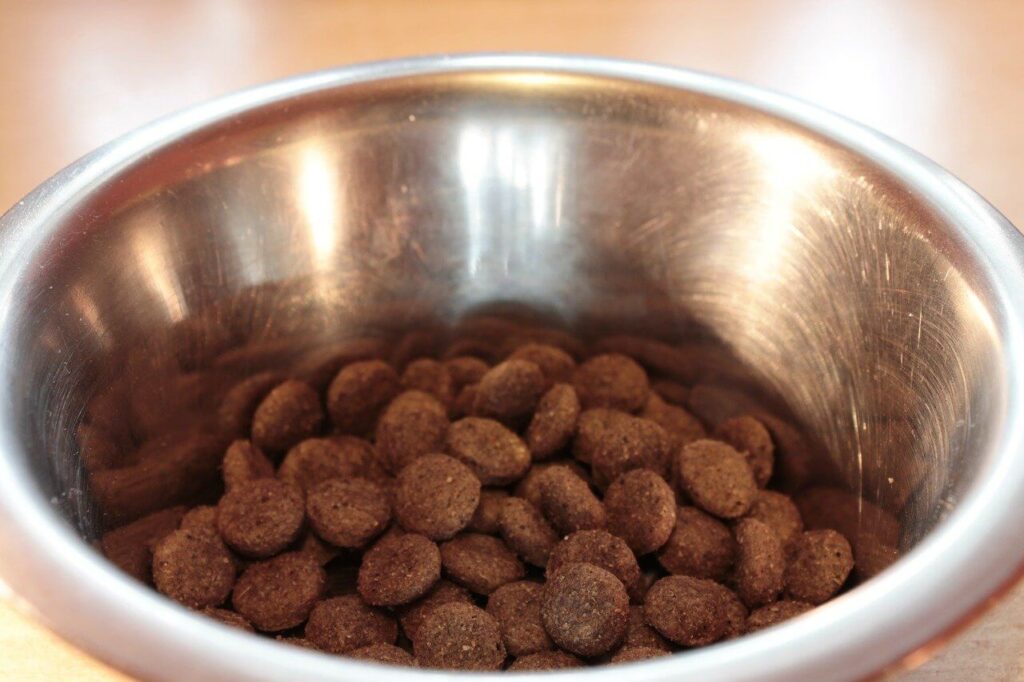
You might also have to switch foods in case your dog doesn’t like it, won’t eat it, or has a reaction to it. Labs are usually great eaters happy to eat whatever food you serve them, but we’ve had a few picky ones that we’ve had to try many foods to make them happy! It can be a bit exhausting and expensive.
For more tips on how to choose the best food for your dog, check out this article on How to Pick the Right Food for Your Dog.
Supplies and Toys
This is one area where you have more control over costs and don’t really need to spend very much money, unless you want to.
Once you get the basic items for your dog, such as a dog leash, bowl, crate, collar, and harness, you won’t need to repurchase many of them until or unless your dog outgrows them.
You will want to buy a larger collar as your dog grows, and probably a longer, stronger leash. You will definitely want to buy a larger crate, which will cost you about $75-$100 beyond the puppy crate.
For fun, you can sign up for services like Bark Box, which will send your dog a package of new and different dog toys monthly to try. You certainly don’t have to do this, but it can be a fun way to keep a curious and playful Labrador occupied.
Labradors love tennis balls and simple toys like Frisbees and ropes, so if you’re looking to keep costs down, basic dog toys are definitely one way to do that.
Sometimes stores like Costco will also have great deals on fun dog toys, such as ball launchers for summertime fun at the park. It’s a good way to try something new for you and your dog without a monthly commitment.
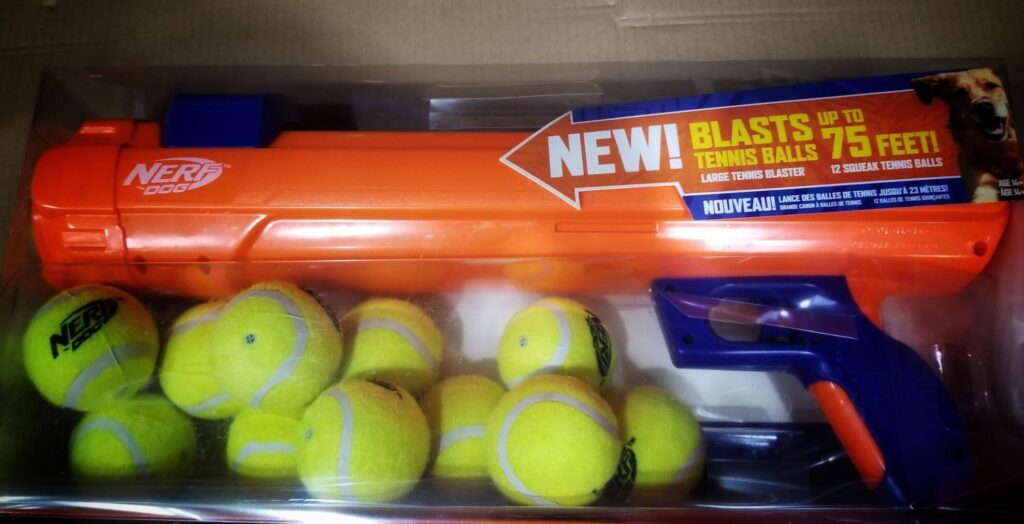
Training & Dog School
You might decide to train your dog yourself or attend group classes.
If you’re attending a group class for dog obedience school, expect these to cost about $100-$200 for a 6-week session of once-weekly classes. You can start with puppy school after your pup’s first set of shots, then graduate to classes for older puppies and adult dogs.
If you’re choosing to hire a private trainer, or if you feel your dog needs more help later on beyond the group class experience, you might incur costs of $100-$200 an hour for a private trainer, especially if they come to your home to help with problem dog issues.
You might also want to train your dog for a very specific type of work, such as upland game hunting.
You can do this training yourself if you have the time and knowledge, but if you hire it out, expect that training a Labrador to become a field-trained game retriever can cost $3000-$5000 for these very specific training skills.
Boarding, Grooming & Daycare Costs
Labs are fairly easy to bathe and brush and don’t require expensive trips to the groomer. Nail trims at the vet’s office will run you $30-$40 or can be done at home (if your vet has shown you safely how).
If you want to send your dog to doggie daycare, expect to pay prices ranging from $25-$50 per day. You might be able to buy a package at the doggie daycare center to save you some money on frequent visits.
Boarding your dog when you travel, or hiring a dogsitter, can be outrageously expensive. If you’re lucky enough to have a great friend, family member, or neighbor who takes your dog when you travel, count your blessings.
We’ve lived all over the United States with Labradors, and have seen a huge difference in the price of petsitting services based on where we’ve lived.
Currently on the East Coast, we pay $100 per day for two Labradors to board them. Yep, that’s extremely expensive! It will drive up the cost of every vacation you take.
If you plan to travel with your dog and take them along on your trips, you might pay extra fees at hotels for having your dog with you. You may also have to pay higher rates (and have fewer hotel or condo selections to choose from) by bringing your dog along with you.
Generally, when we’ve traveled with our Labradors, we’ve paid $100 per stay in a pet fee for each hotel, which was non-refundable.
Summary – Cost of Owning a Labrador
How much is the cost of owning a Labrador? Though it can vary greatly based on where you live, and the overall health of your dog, you can expect to spend around $800-$3000 before you bring your puppy home, $1000-$2000 the first year, and $1500-$3000 each additional year of your dog’s life.
With the average life expectancy of a Labrador being 10-14 years, you will probably spend $17,000-$47,000 over the life of your amazing dog! Some of these expenses in the cost of owning a Labrador you’ll have more control over, and some will be out of your control.
Be aware of the full commitment of time, money, and energy you’re making when you decide to add a Labrador Retriever to your life. And for more advice on getting a new Lab, check out more resources in our Tips & Training articles.

